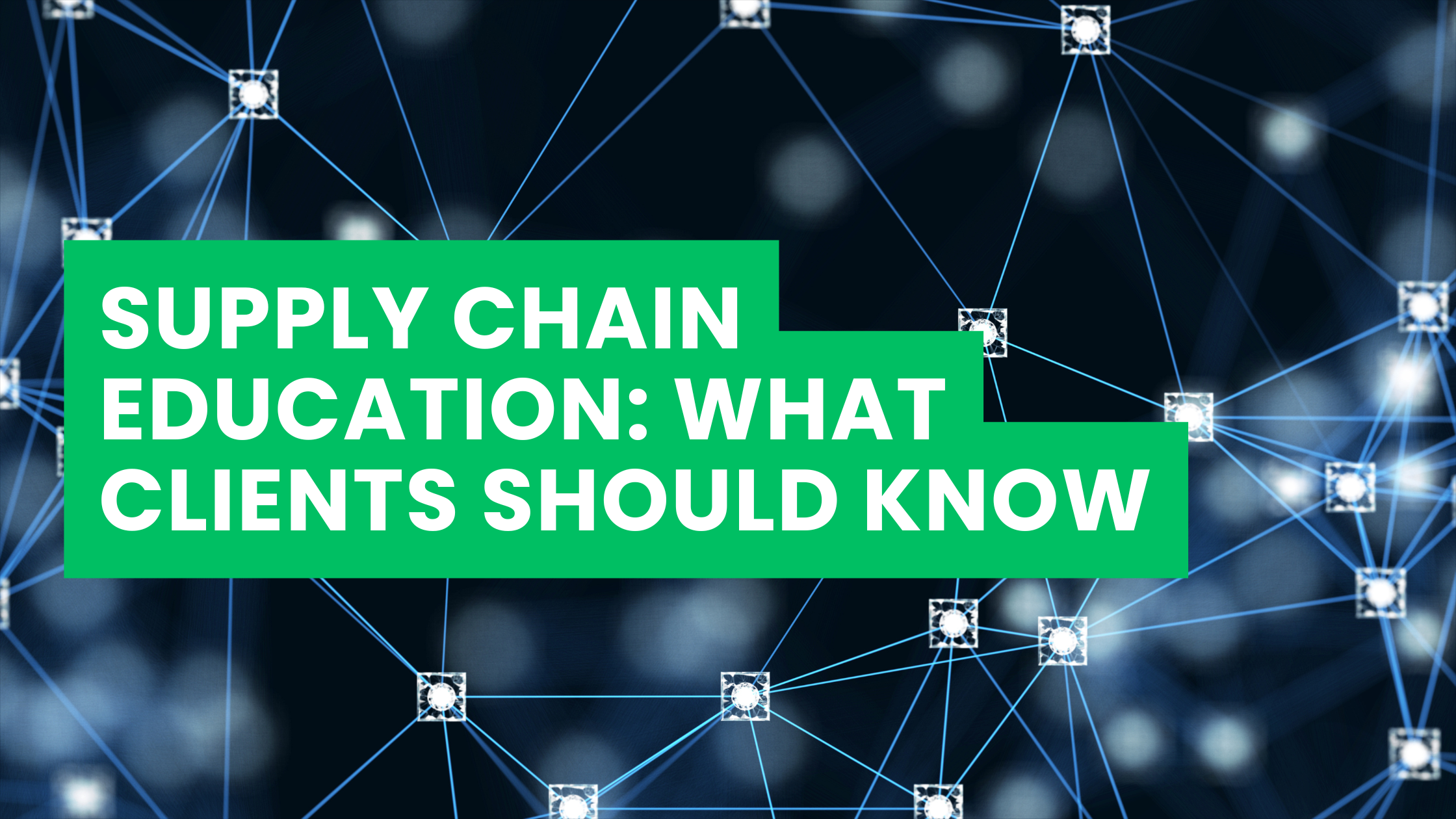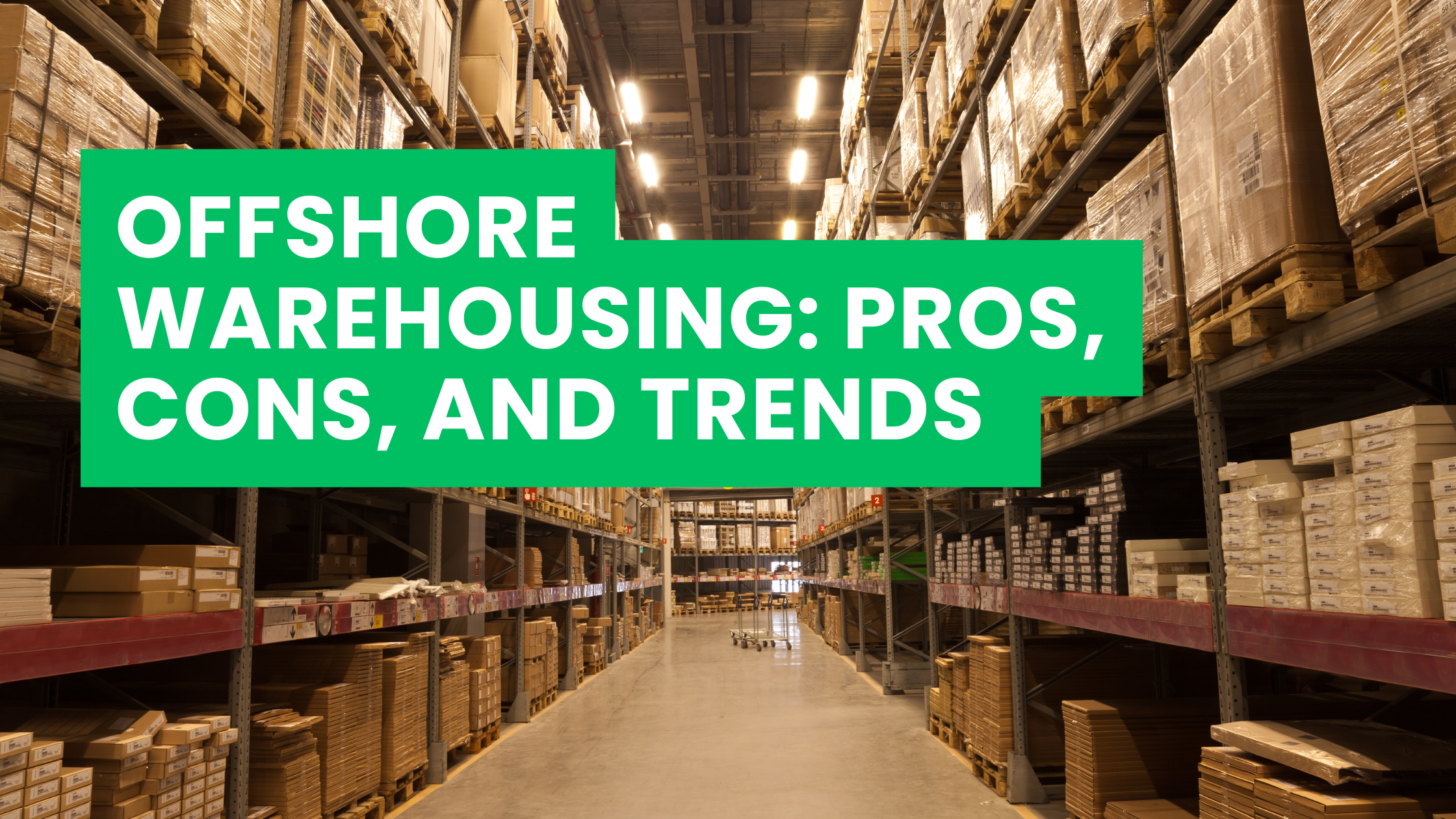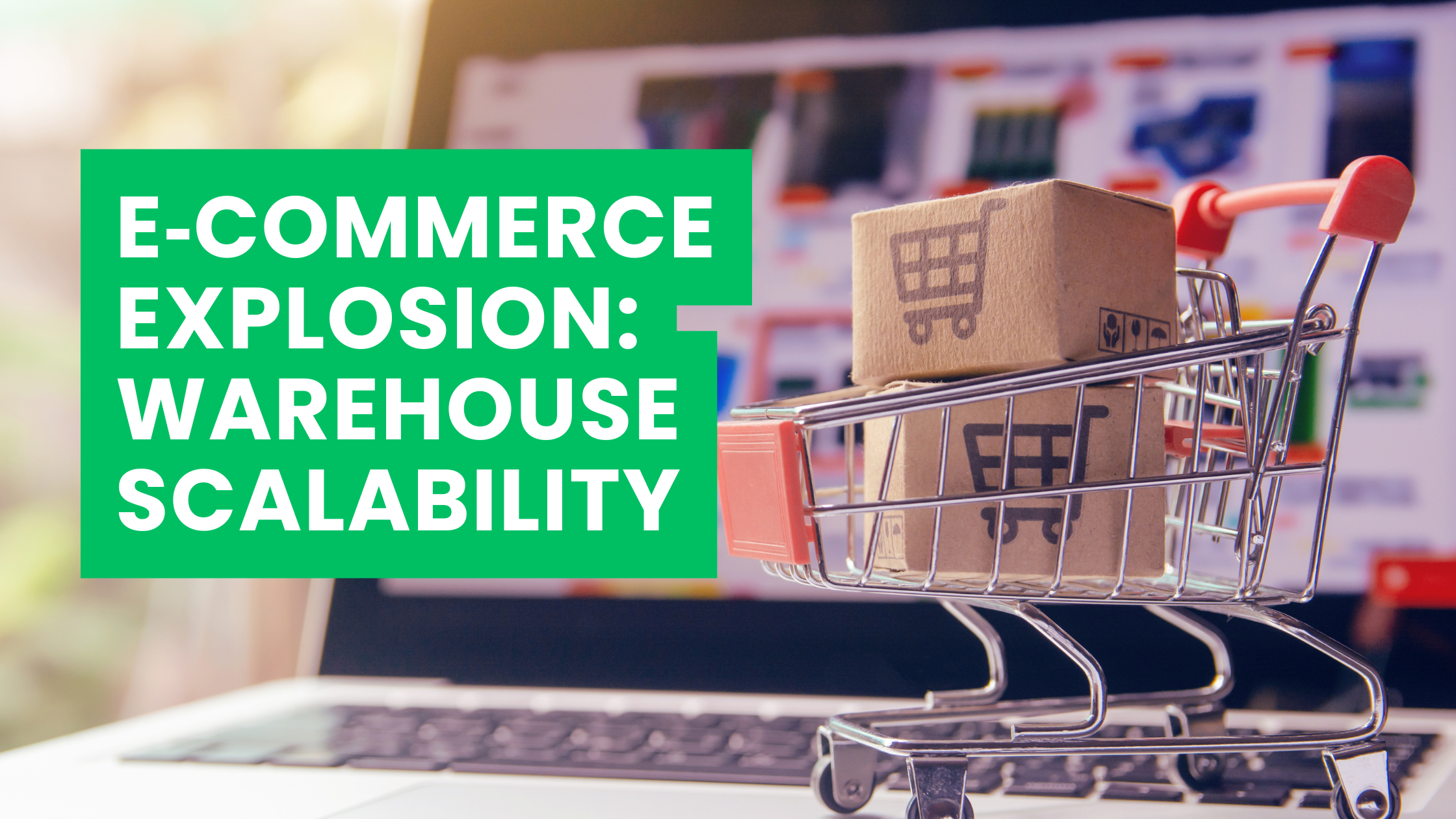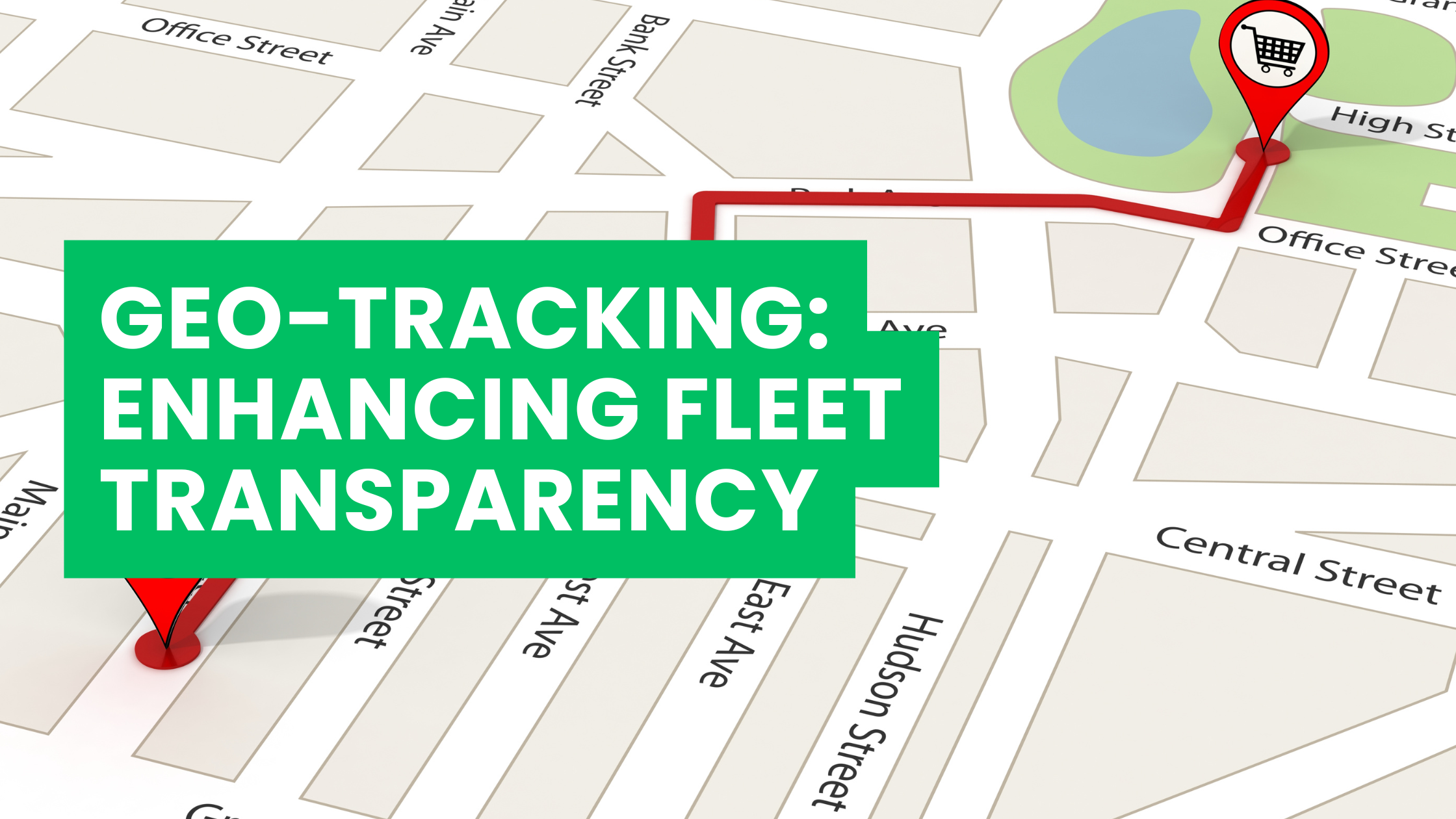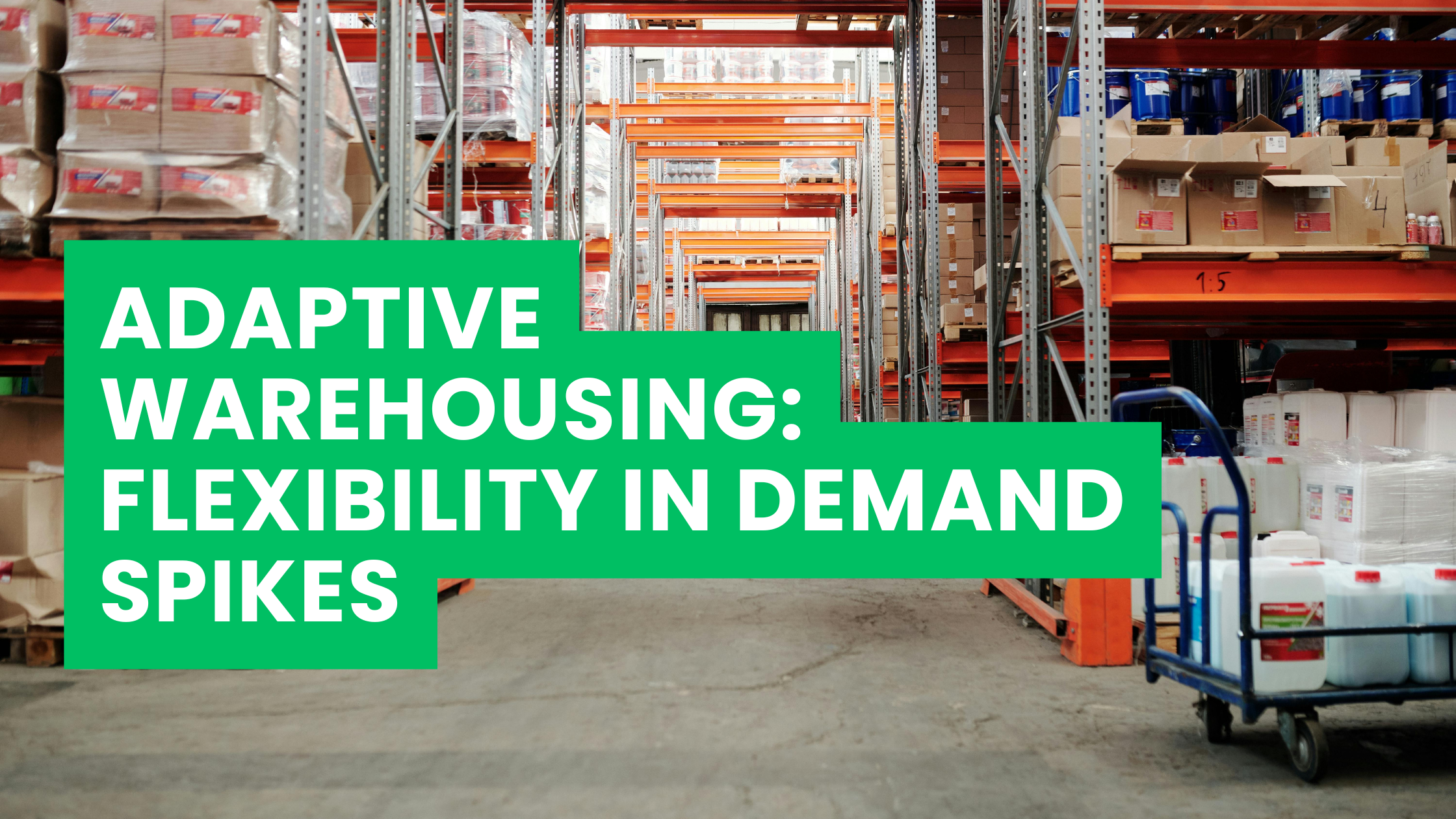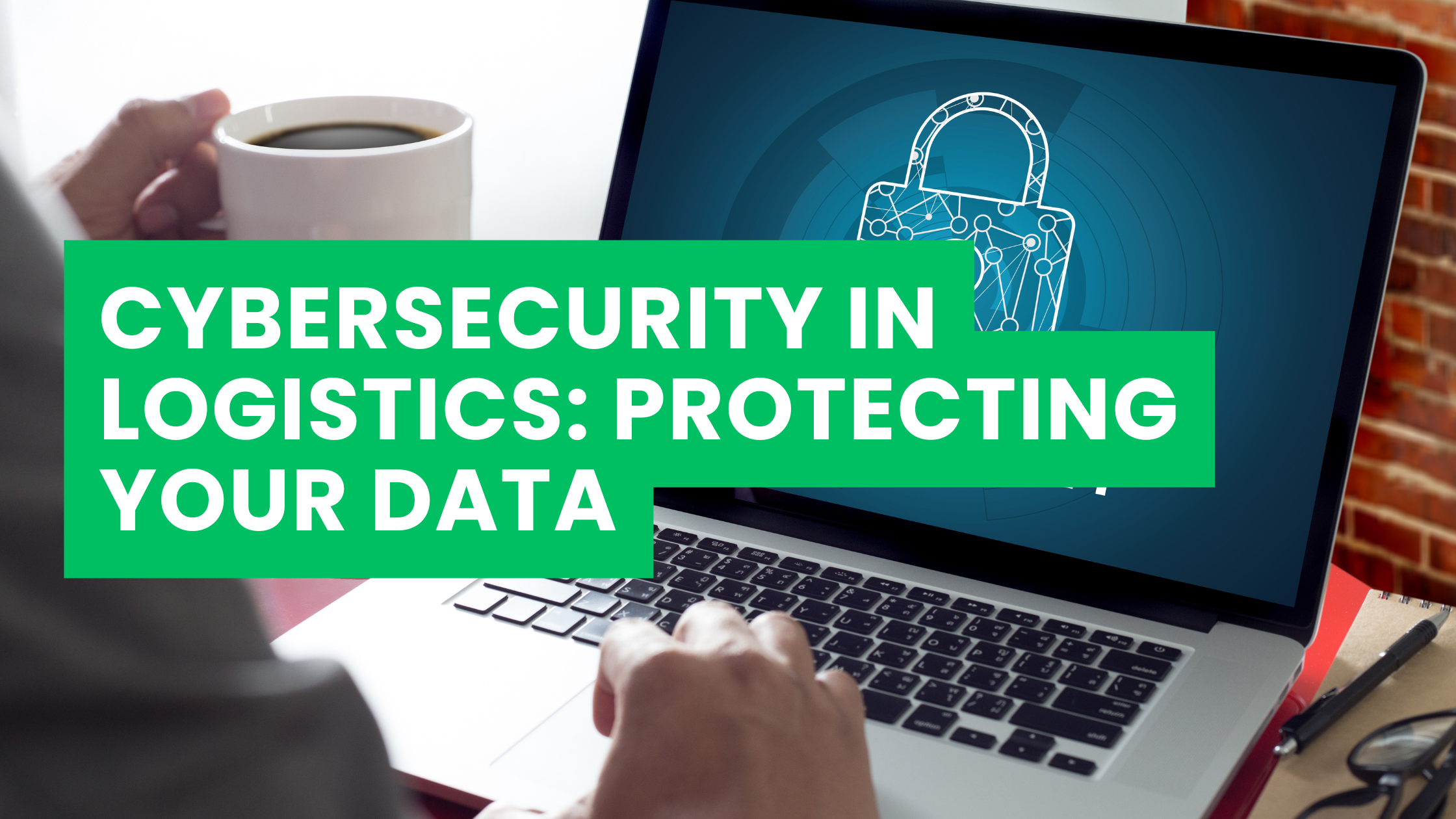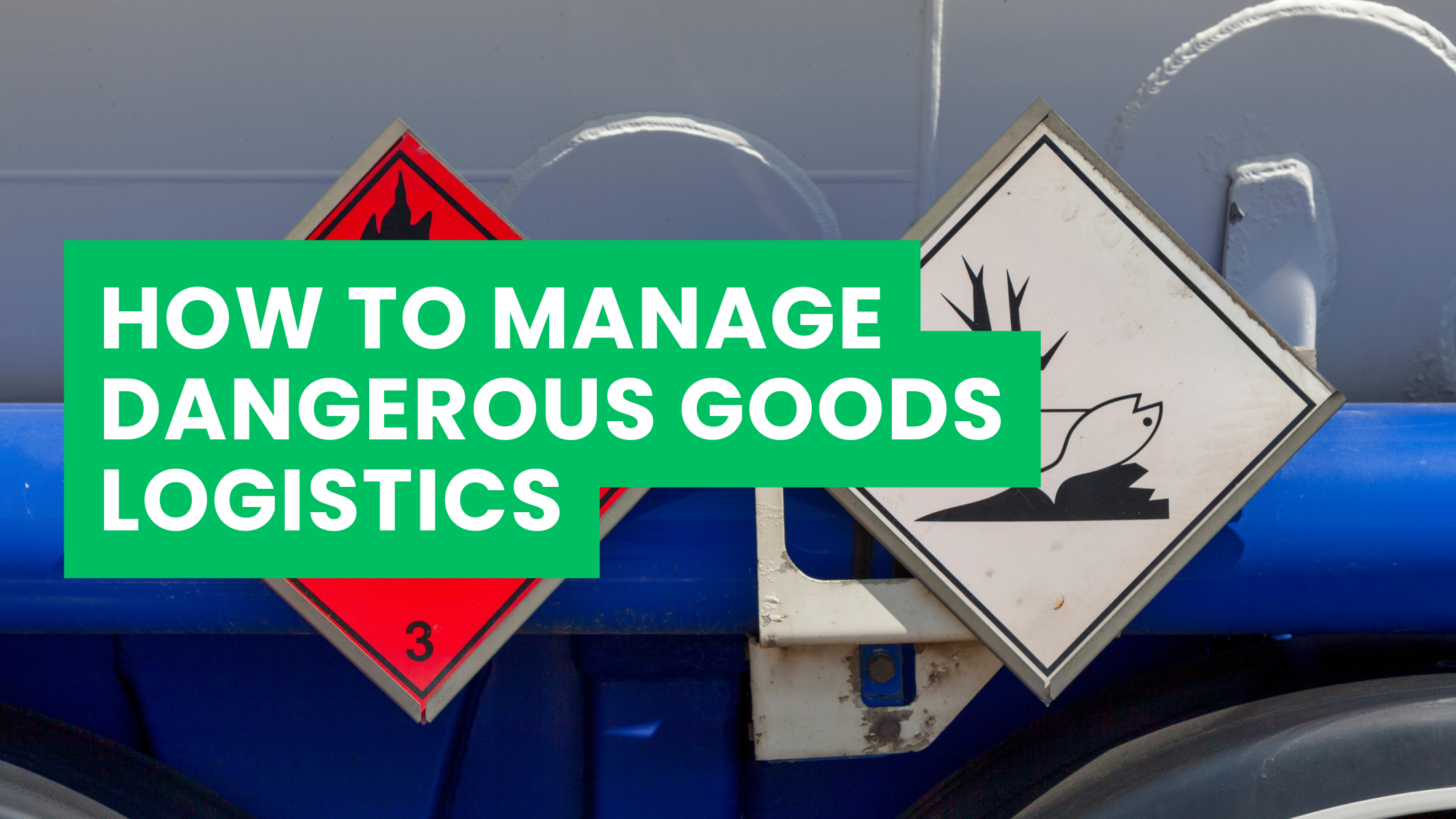Introduction: Why Supply Chain Education Matters
In today’s interconnected world, supply chains have become the backbone of global business operations. Whether a company imports IT hardware, distributes consumer goods, or manages logistics for telecom networks, its success hinges on an efficient and transparent supply chain. Yet many clients, particularly in industries like technology, data centers, and telecommunications, underestimate how much knowledge they need to make informed decisions.
Supply chain education bridges this gap. It equips clients with the insights to understand risks, optimize costs, ensure compliance, and foster long-term partnerships. For companies working with providers like ASL International, an educated client is not only empowered but also a more effective collaborator.
This article explores what clients should know about supply chain education, breaking down critical areas of logistics, compliance, risk management, and technology.
The Foundation: Understanding Supply Chain Basics
1. Key Components of a Supply Chain
Clients should familiarize themselves with the essential building blocks:
- Sourcing & Procurement – Identifying and qualifying reliable suppliers.
- Transportation & Logistics – Moving goods via air, sea, or road.
- Warehousing & Distribution – Managing storage and last-mile delivery.
- Customs & Compliance – Ensuring goods meet legal and regulatory requirements.
- Reverse Logistics – Handling returns, recycling, or disposal.
2. The Client’s Role
Education helps clients recognize that they are not passive recipients of logistics services. Their responsibilities include:
- Providing accurate documentation.
- Understanding Incoterms (e.g., DDP, CIF, EXW).
- Aligning supply chain strategies with business objectives.
The Value of Compliance Knowledge
1. Regulatory Awareness
Global trade is governed by an evolving web of regulations:
- Customs Tariffs & Duties – Clients must understand duty structures in destination markets.
- Sanctions & Restrictions – Certain countries impose limits on imports/exports.
- Local Certifications – IT hardware may need telecom authority approvals.
2. Avoiding Penalties
Ignorance of regulations can result in:
- Shipment delays.
- Costly fines.
- Seizures of goods.
3. How ASL International Supports Compliance
- Acting as an Importer of Record (IOR) where required.
- Handling paperwork and tax obligations.
- Offering pre-import checks to prevent costly mistakes.
Supply Chain Risk Education
1. Common Risks
Clients should understand these categories:
- Operational Risks – Supplier failures, port congestion, strikes.
- Geopolitical Risks – Trade wars, sanctions, or regional conflicts.
- Environmental Risks – Natural disasters or climate-driven disruptions.
- Cyber Risks – Attacks on digital supply chain platforms.
2. Mitigation Through Education
Educated clients ask better questions:
- Does my provider have alternate suppliers?
- What risk models are in place?
- How will technology improve visibility?
3. Case Example
During the pandemic, many IT companies faced delays due to chip shortages. Clients who understood supply chain risk planning diversified sourcing early, cushioning their operations.
The Digital Era: Technology in Supply Chain Education
1. Visibility Tools
Clients should know how platforms like IoT tracking, digital twins, and blockchain enhance supply chain visibility.
2. Data-Driven Decision Making
Educated clients learn to:
- Analyze demand forecasts.
- Use predictive analytics to reduce freight costs.
- Leverage AI-powered dashboards for proactive decisions.
3. Cloud-Based Documentation
Digital education includes understanding:
- Secure cloud platforms for customs documents.
- Real-time collaboration between client, freight forwarder, and customs authority.
Cost Awareness: Understanding Total Landed Cost
1. Beyond Freight Rates
Clients often focus only on freight quotes. Education ensures they account for:
- Customs duties.
- VAT or GST.
- Handling charges.
- Insurance costs.
2. Negotiating Smarter
An informed client can:
- Benchmark rates.
- Compare Incoterms more effectively.
- Optimize shipment sizes for cost savings.
Sustainability in Supply Chain Education
1. Green Logistics Basics
Clients should understand:
- The carbon footprint of air vs. sea freight.
- Warehouse energy efficiency.
- Packaging choices that reduce waste.
2. Why It Matters for Clients
- Many corporations now demand sustainability reporting from vendors.
- Eco-conscious practices improve brand reputation.
- Future regulations may mandate greener operations.
Building Strong Client-Provider Relationships
1. Transparency and Communication
An educated client:
- Knows what data to request (ETA updates, tracking milestones).
- Provides clear forecasts to logistics providers.
- Understands when delays are systemic vs. preventable.
2. Collaboration with ASL International
When clients know the basics, ASL International can focus on advanced optimization instead of basic explanations. This accelerates supply chain efficiency.
Practical Steps: How Clients Can Educate Themselves
- Workshops & Webinars – Many logistics providers, including ASL International, offer client-focused training.
- Industry Associations – Organizations like CSCMP or local chambers of commerce provide resources.
- Online Learning – Platforms like Coursera, edX, and LinkedIn Learning have supply chain courses.
- Case Study Reviews – Analyzing real-world supply chain disruptions.
- On-the-Ground Visits – Touring warehouses or customs facilities for hands-on exposure.
FAQs: Supply Chain Education
1. Why should clients learn about supply chains if they hire providers?
Because informed clients can make better decisions, reduce risks, and collaborate more effectively.
2. What’s the most important concept for beginners?
Understanding Incoterms—they define who pays for what, and where risks transfer.
3. How does supply chain education save money?
It prevents hidden costs, improves supplier negotiations, and reduces penalties from compliance mistakes.
4. Is supply chain education only for large corporations?
No. SMEs benefit equally, especially when scaling into international markets.
5. How does ASL International support client education?
Through transparent communication, compliance guidance, and digital visibility tools.
Conclusion: Knowledge Is the Strongest Link
A resilient supply chain doesn’t rely on logistics providers alone. It thrives when clients themselves are educated, proactive, and engaged. By understanding compliance, risk, technology, costs, and sustainability, clients become empowered partners rather than passive observers.
At ASL International, we believe that supply chain education is not optional—it’s essential. Together, we build stronger, more transparent, and future-ready supply chains.
Call to Action
Looking to strengthen your supply chain knowledge while working with a global leader? ASL International is here to guide you. From compliance training to real-time visibility, we ensure that our clients are informed, empowered, and prepared for the future of logistics.
👉 Connect with ASL International today and transform your supply chain knowledge into a competitive advantage.
